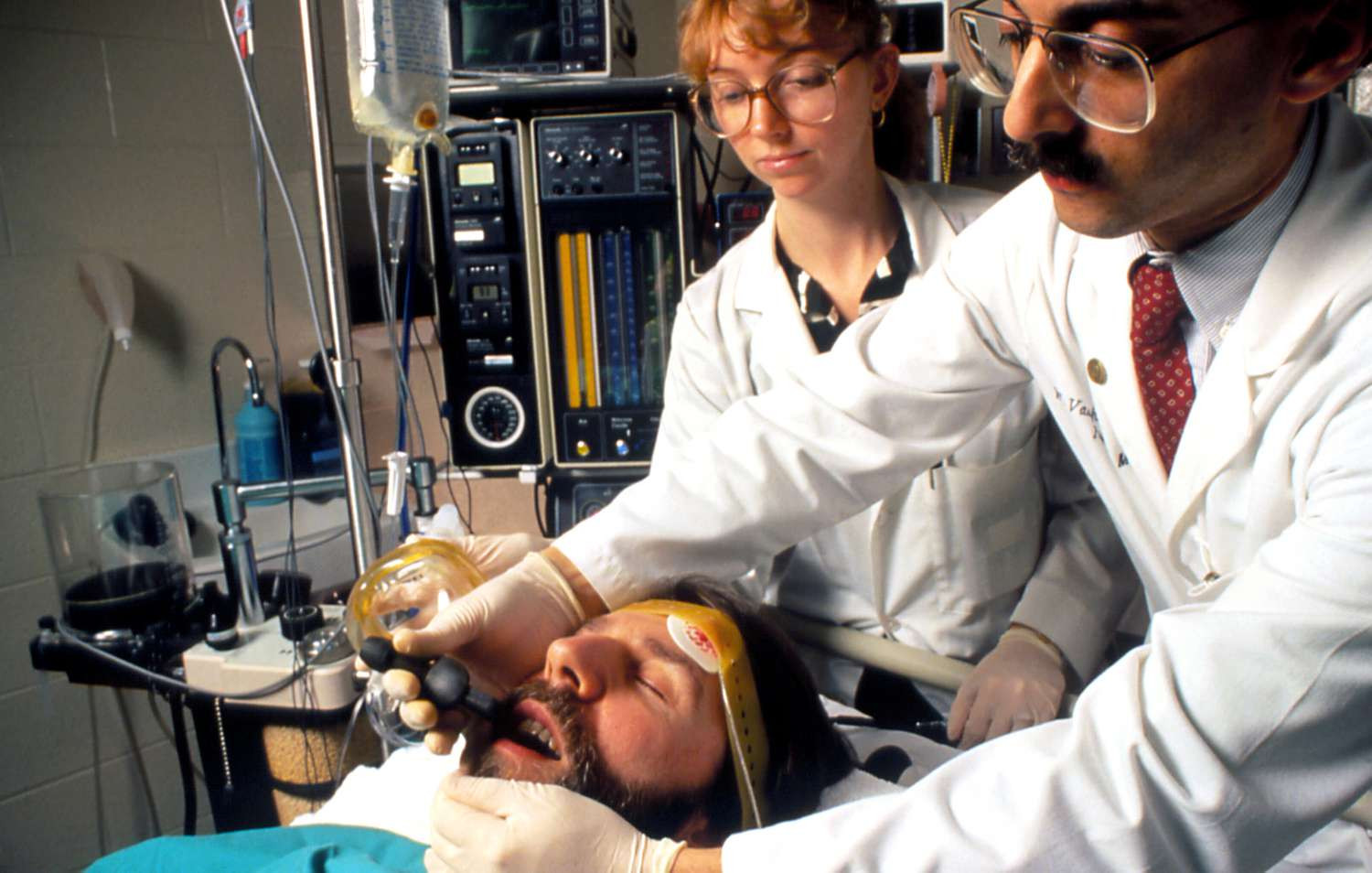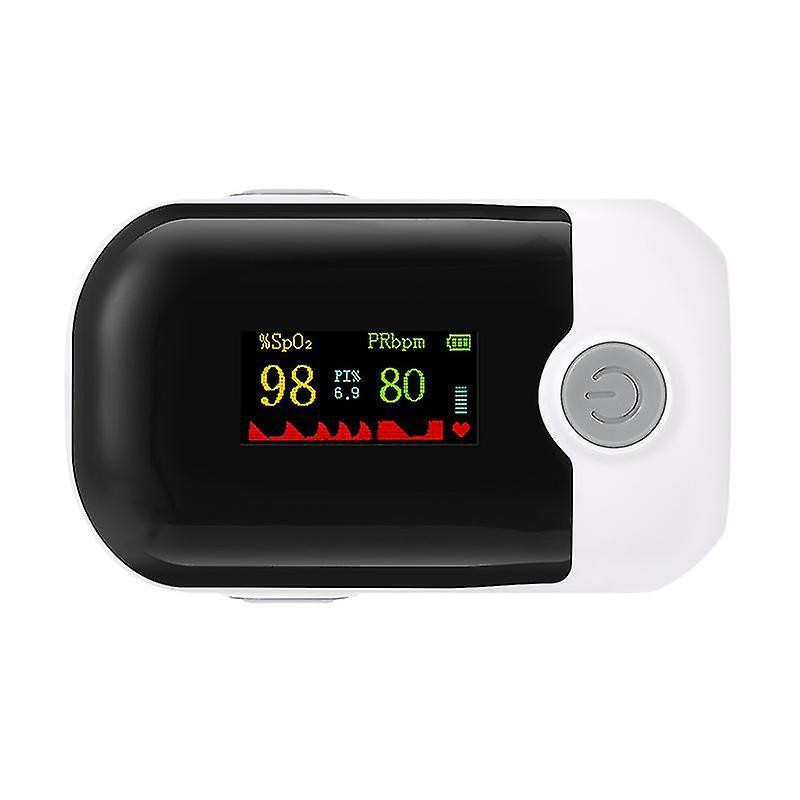A Surge in Demand for Electroconvulsive Therapy: A $19.3 Million Market by 2030
The global Electroconvulsive Therapy (ECT) market is poised for significant growth in the coming years, projected to reach $19.3 million by 2030, expanding at a compound annual growth rate (CAGR) of 2.6% from 2023 to 2030. This upward trajectory is fueled by a combination of factors, including the rising prevalence of mental disorders, the increasing need for effective treatment of severe depression, and the growing acceptance of ECT as a safe and effective therapeutic option.
ECT: A Vital Treatment for Severe Depression
ECT has emerged as a crucial treatment modality for patients grappling with severe depression who have not responded to conventional treatments such as antidepressants and psychotherapy. Studies reveal that around 30% of patients with depression fail to achieve complete remission of their symptoms even after multiple rounds of antidepressant therapy. In these cases, ECT offers a viable therapeutic alternative, providing relief to individuals suffering from treatment-resistant depression.
Market Growth Drivers: A Convergence of Factors
The growth of the global ECT market is driven by a confluence of factors, including:
Rising Geriatric Population
The aging global population is a key driver of market growth. According to the World Health Organization (WHO), over 20% of the world's population will be aged 60 years and above by 2050. This demographic shift contributes to a higher prevalence of age-related mental and neurological disorders, creating a greater demand for ECT services.
Increasing Prevalence of Mental Disorders
Mental and neurological disorders are a global health concern, affecting nearly 1 in 4 people worldwide. This staggering prevalence highlights the substantial need for effective treatments like ECT. As awareness of mental health issues grows and stigma diminishes, the demand for ECT is likely to increase.
ECT's Proven Efficacy
ECT has a proven track record of efficacy in treating major depressive disorder and other mental health conditions such as bipolar disorder, postpartum depression, and schizophrenia. Its ability to effectively manage severe mental illnesses positions it as a valuable therapeutic option for patients who have not responded to other treatment modalities.
Growing Awareness and Acceptance
Increased awareness among both patients and healthcare professionals regarding the benefits and safety of ECT is contributing to its wider acceptance. This growing understanding helps to dispel misconceptions about the procedure, paving the way for its more frequent utilization.
Market Trends: Innovations Shaping the Future of ECT
Home-Based ECT Procedures: Expanding Accessibility
The emergence of low-cost and portable ECT devices has opened the door for home-based or clinic-based treatments with minimal staffing requirements. This advancement significantly reduces the overall cost of care and enhances accessibility, particularly in rural areas where access to specialized healthcare facilities may be limited.
Brief-Pulse ECT: Minimizing Cognitive Side Effects
Brief-pulse ECT, which utilizes shorter electric pulses compared to traditional ECT, has emerged as a significant innovation. This technique has been shown to reduce the risk of cognitive side effects without compromising therapeutic efficacy. The growing popularity of brief-pulse ECT is anticipated to positively impact the market dynamics.
ECT Techniques: Unilateral vs. Bilateral
Unilateral ECT: A Milder Approach
Unilateral ECT, characterized by the placement of electrodes on one side of the head, is considered a gentler form of ECT than bilateral ECT. This technique induces seizures on only one side of the brain, potentially reducing cognitive side effects. Unilateral ECT is often recommended as the initial treatment option for mild to moderate depression and is expected to hold the largest market share due to its reduced side effects.
Bilateral ECT: Effective for Severe Depression
Bilateral ECT, involving the placement of electrodes on both sides of the head, induces generalized seizures. It is considered the more effective treatment for severe and treatment-resistant depression. While it may cause more pronounced cognitive and memory-related side effects compared to unilateral ECT, bilateral ECT remains the dominant technique in severe cases. The introduction of newer brief pulse waveform devices and ultrabrief pulse ECT has mitigated cognitive effects in recent years.
Market Segmentation: A Detailed View
The global ECT market is segmented based on product type, application, end-user, and region.
Product Type: Unilateral vs. Bilateral ECT
The unilateral ECT segment is poised to hold the dominant market position, driven by its reduced cognitive side effects compared to bilateral ECT. Bilateral ECT, although effective for severe cases, continues to dominate the market due to its efficacy in managing treatment-resistant depression.
Application: Major Depressive Disorder Leading the Way
The major depressive disorder segment is expected to dominate the global ECT market, driven by the high prevalence of this condition globally. The effectiveness of ECT in treating major depressive disorder, particularly in cases unresponsive to conventional therapies, makes it a key application segment for the market.
End User: Hospitals & Clinics Dominating the Market
The hospitals and clinics segment holds the dominant position in the market, driven by the specialized infrastructure and trained professionals required for administering ECT. These facilities are equipped to provide comprehensive care and manage potential side effects associated with the procedure.
Region: North America Leading the Charge
North America is expected to maintain its dominant position in the global ECT market over the forecast period. This dominance can be attributed to several factors, including favorable reimbursement policies, a robust healthcare infrastructure, and a high level of awareness about mental health issues and available treatments.
Key Players Shaping the Market Landscape
Key players in the global ECT market include:
- Mecta
- Ectron
- Somatics, LLC.
- St. Jude Medical
These companies are actively involved in developing new products and engaging in strategic collaborations to solidify their market positions. Their efforts are driven by the increasing demand for innovative and effective ECT technologies to meet the growing needs of the patient population.
The Future of ECT: A Promising Horizon
The global ECT market is on a promising trajectory, fueled by the convergence of factors such as the increasing prevalence of mental disorders, the growing acceptance of ECT as a safe and effective treatment option, and the development of innovative technologies that enhance its efficacy and reduce side effects. As research continues to advance, new innovations are expected to further refine ECT techniques, making them even more effective and accessible for patients worldwide.
The End: A Look Ahead
The future of ECT holds immense potential for improving the lives of individuals battling severe mental health conditions. As awareness continues to grow and technological advancements continue to shape the landscape of ECT, the market is poised to experience sustained growth, ensuring that this vital treatment option remains available to those who need it most.

















